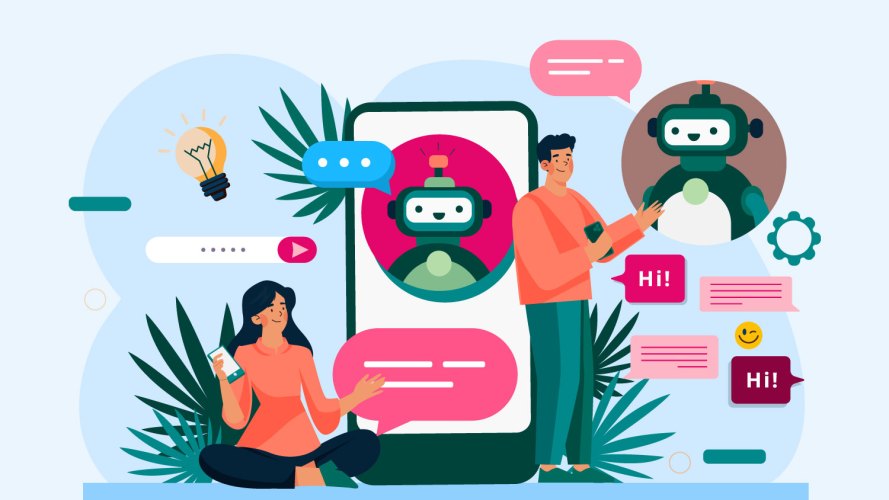Build Customer Loyalty One Call at a Time



The phone remains an essential service channel for delivering fast and empathic service. Here’s how to make every call count.

Zoe Sitrin
Digital customer support has skyrocketed over the past three years, with double-digit adoption gains on channels such as online chat, messenger apps, and video, according to the latest State of Service report. But that doesn’t mean fewer people are calling. In fact, phone calls to customer support are holding steady.
“The relevance of the phone channel is not going away, and the phone provides an opportunity to really engage with the customers at a whole different level,” said Jesser Cruz, senior program manager at Remitly, an international payments company. “Your associate’s voice becomes your brand’s voice, and if you’re able to leverage data strategically, you will be able to unlock a great business value and really deliver peace of mind to your customers.”
Digitally savvy customers are using other methods before they pick up the phone, but voice is their channel of choice for complex issues. This means phone conversations are more charged than ever, and that agents have an opportunity to be the hero and turn every caller into a customer for life.
Here are four ways to increase customer loyalty on a phone call.
Think about your voice channel as a digital channel
When the phone channel goes digital, the customer service agent’s effectiveness shifts dramatically. By capturing voice data the same way you capture digital-channel data, agents can more quickly start assisting customers. Instead of the agent clicking through screens to piece together a customer’s situation, your digital customer service software stitches together the customer’s case, pulling in interactions across all channels and providing the agent with a consolidated overview.
The agent’s focus is now on the actual conversation in progress — as aided by real-time prompts from their screen. Without the need to manually note critical aspects of the customer conversation while simultaneously scanning past conversation history, agents can focus on listening to the client. This, in turn, frees up cognitive capacity and reduces the agent’s emotional load, resulting in a deeper connection with the customer.
Creating an emotional connection with voice callers is especially important because the phone is typically not the first touch in resolving a customer issue. Customers call after trying to use self-service or asynchronous methods to resolve their complex issues. They are looking for an empathetic person on the other end of the line who can make things right.
Make time to define and document call scenarios
Once you’ve successfully integrated your phone channel into your CRM, you can start to collect and analyze call data. This can help identify a handful of typical scenarios of when customers might call in for help. If you take the time to surface those recurring use cases and document the conversation flow and call resolutions, you can drastically improve the productivity and focus of your agents. In your documentation, make sure to include:
- Search terms that artificial intelligence (AI) should associate with a scenario
- Replies that agents can use for typical questions
- Training and onboarding opportunities to help agents with similar calls
- Recommended next best actions to help resolve the issue quickly
This allows you to proactively serve up a customer-focused solution at scale to the right agent at the right time.
Match customers with the same agents when possible
Do you have a preferred waitperson at your favorite neighborhood restaurant? Someone who knows where you prefer to sit and puts your appetizer order in the moment they see you walk through the door? Digital voice can give your customers that same sense of comfort and personalized service.
If you route a customer to the same agent for any return calls, they feel relieved they don’t have to re-explain themselves. They know the agent already understands their issue, and trust that the agent will remember their conversation. While the CRM is there in the background, with all those details, that’s not what builds the trust. Instead, your customer builds a personal relationship with the agent who “gets them” and has helped in the past.
Give customers a choice instead of an immediate reroute
Customers call when they need assistance, which doesn’t always align with the availability of their preferred service agent. Earn customer loyalty by enabling the system to allow the customer to choose if they would prefer to be rerouted to a new agent or wait for the last agent they spoke to.
When the customer chooses to talk to a new agent, you can get the new agent off on the right foot by providing a script that prompts them to recap the situation as part of the call introduction, instead of waiting for the customer to start retelling their story. This reinforces that the customer is in good hands and that the agent understands the context behind the call even though they have never previously spoken to the customer. Customers no longer hear, “Please hold while I look that up.”
Explore how digital telephony works to improve the customer and employee experience
Here’s what every service leader needs to know.



We invite you to dive into our Heart of Service series:
- Read our first post about how to Chart Your Professional Course with the New Service Career Path
- Join the Service Trailblazer Community and become a #ServiceStar
- Subscribe to our newsletter so you don’t miss the latest from Service Cloud























